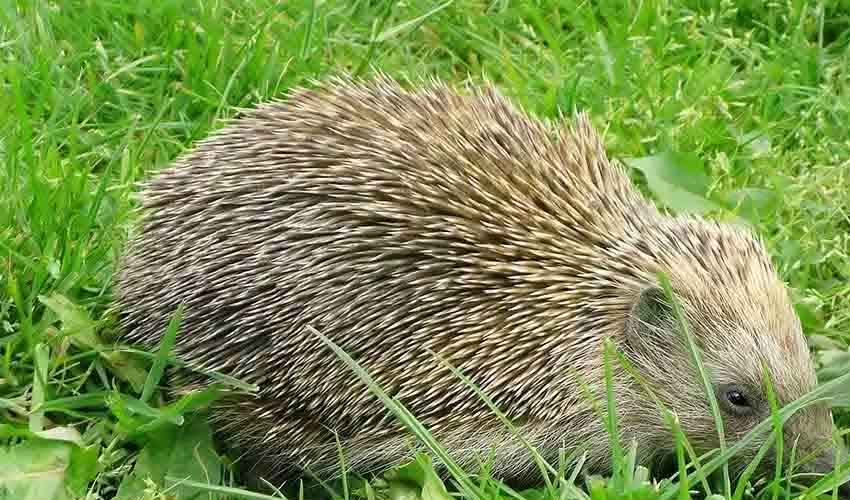Erinaceus – Hedgehogs
Every spine is tapered at the end to have a section that can bend under stress and dampen the force placed on each spine
These creatures are native to a wide range of habitats spanning across Europe, the Middle East, and parts of Russia, reaching as far as Korea and northern China.
Hedgehogs are distinguished by their unique spines, which are modified hairs made rigid and sharp by keratin, the same protein that strengthens human hair and nails. These spines serve as an effective defense mechanism against predators. When threatened, a hedgehog will curl itself into a tight ball, with its spines pointing outward, making it difficult for predators to grasp without injuring themselves. This ability to roll into a ball is a characteristic feature of the hedgehog and is crucial for its survival in the wild.
Nocturnal by nature, hedgehogs are primarily active at night when they search for food. During the day, they seek refuge in burrows, dense shrubs, or under piles of leaves, where they can rest safely away from the dangers of predators. Their shelters also provide protection from the elements, offering a cozy retreat during harsh weather.
As omnivores, hedgehogs within this genus exhibit a diverse diet that includes a wide range of foods. They feed on small vertebrates, such as frogs and baby rodents, and small invertebrates, including insects, worms, and snails, which constitute a significant part of their diet. Additionally, they consume fungi, fruits, and vegetables, taking advantage of the various food sources their habitats offer. This varied diet is beneficial for the ecosystems they inhabit, as hedgehogs help control insect populations and disperse seeds through their feces, contributing to the health and diversity of their environments.
Species in this genus
Amur hedgehog
Although it looks slow and sleepy, it can run surprisingly fast and is an excellent swimmer
European hedgehog
The gardener’s best friend, as they will eat up insect pests crawling in the vegetable beds
Northern white-breasted hedgehog
When threatened, they roll into a tight, spiky ball, tucking in their face, feet, and belly
Southern white-breasted hedgehog
A pocket-sized charmer with a playful personality that will steal your heart





